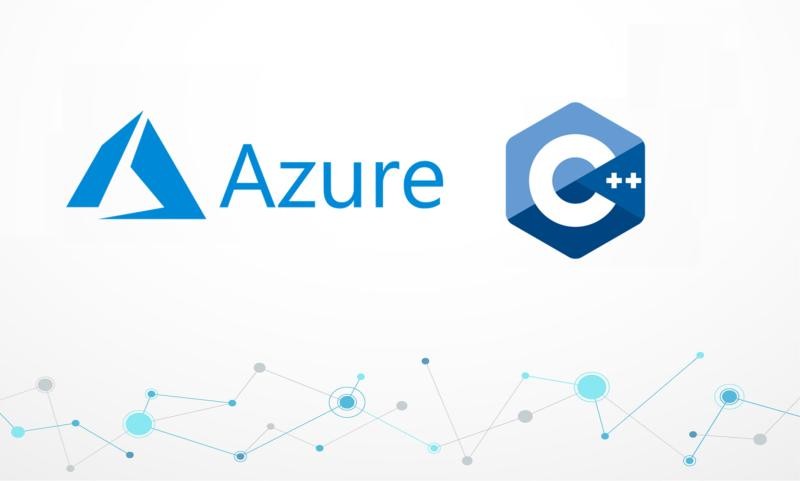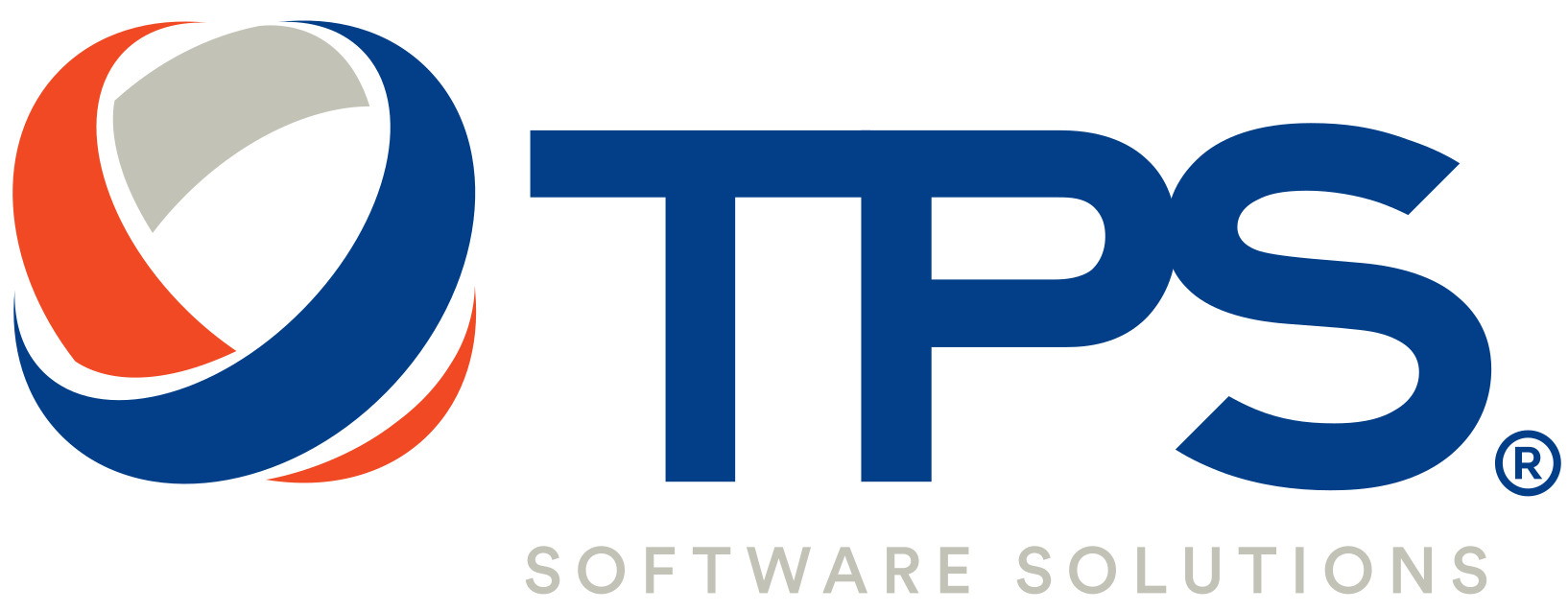Introduction
Azure Functions have revolutionized the way web developers build and deploy applications in the cloud. As the demand for scalable and efficient solutions continues to grow, Azure Functions offer a serverless computing model that allows developers to focus on writing code without worrying about infrastructure management. This article provides an in-depth overview of Azure Functions, exploring their key features, benefits, use cases, and best practices.
Additionally, we will guide you through the process of creating and deploying Azure Functions, providing step-by-step instructions and highlighting best practices. With practical examples and use cases, you will gain a comprehensive understanding of how Azure Functions can be utilized to build powerful and flexible applications.
Whether you are a seasoned developer or just getting started with Azure, this article aims to equip you with the knowledge and insights needed to harness the full potential of Azure Functions. So, let’s dive into the world of Azure Functions and explore how this serverless computing paradigm can transform the way you develop applications in the cloud.

What is Azure Functions?
Azure Functions is a fundamental part of Microsoft Azure’s serverless computing offering. They provide developers with the ability to write and deploy small, event-driven pieces of code that execute in response to various triggers or events. As a Function as a Service (FaaS) platform, Azure Functions abstract away the infrastructure management, allowing developers to focus solely on writing the business logic of their applications.
Serverless Computing and Function as a Service (FaaS)
Serverless computing is a cloud computing model that eliminates the need for developers to manage and provision servers. It enables developers to focus on writing code without worrying about infrastructure scalability, availability, or maintenance. Function as a Service (FaaS) is a specific implementation of serverless computing that allows developers to execute code in small, function-sized units, triggered by specific events.
Definition and Key Features of Azure Functions
Azure Functions are essentially individual, self-contained functions that can be written in various programming languages, such as C#, JavaScript, Python, and PowerShell. These functions are designed to perform a specific task or action and can be invoked by a wide range of triggers, including HTTP requests, timers, queues, events from Azure services, and more.
Key features of Azure Functions include
- Scalability: Azure Functions automatically scale based on the number of incoming events, ensuring optimal performance and resource utilization.
- Pay-as-you-go pricing: With Azure Functions, you only pay for the actual execution time and resources consumed by your functions, making it a cost-effective solution.
- Simplified development and deployment: Azure Functions provide a streamlined development experience, enabling rapid iteration and easy deployment of code.
- Integration with Azure services: Azure Functions seamlessly integrate with other Azure services, such as Azure Storage, Azure Event Hubs, Azure Cosmos DB, and more, allowing developers to build comprehensive solutions.
- Automatic scaling and load balancing: Azure Functions dynamically adjust resources based on the workload, automatically scaling up or down to handle varying event volumes.
Comparison with Traditional Server-Based Approaches
Azure Functions differ from traditional server-based approaches in several ways. Unlike traditional architectures, Azure Functions eliminate the need for developers to manage and maintain servers, as the infrastructure is abstracted away. This allows developers to focus on writing code without worrying about server provisioning, patching, or infrastructure scaling.
Furthermore, Azure Functions offer an event-driven execution model, where functions are invoked only when specific events or triggers occur. This event-driven approach enables highly responsive and scalable applications, as functions are executed on-demand, reacting to events in real-time.
Key Benefits of Azure Functions
Azure Functions offer a range of benefits that make them a popular choice for developers and businesses alike. From scalability and cost-efficiency to simplified development and seamless integration, Azure Functions provide numerous advantages for building modern cloud applications. Here are some of the key benefits:
Scalability and Elasticity
Azure Functions automatically scale to handle the incoming workload. As events or triggers occur, functions can dynamically scale up or down to match the demand. This scalability ensures that your application can handle high traffic periods without manual intervention. With Azure Functions, you can effortlessly scale your application as needed, ensuring optimal performance and responsiveness.
Cost-Efficiency and Pay-as-You-Go Pricing Model
Azure Functions follow a pay-as-you-go pricing model. You are only billed for the actual execution time and resources consumed by your functions. This granular billing approach helps optimize costs by eliminating the need to pay for idle or underutilized resources. Additionally, Azure Functions’ automatic scaling ensures that you allocate resources only when they are needed, further reducing costs.
Simplified Development and Deployment Process
Azure Functions provide a streamlined development experience. You can focus on writing code for individual functions without the need to manage infrastructure or worry about complex deployment processes. Azure Functions integrate seamlessly with popular development tools, enabling rapid iteration and quick deployment. The serverless nature of Azure Functions also promotes modular and reusable code, enhancing development efficiency.
Integration with Other Azure Services
Azure Functions integrate seamlessly with various Azure services, enabling developers to build comprehensive solutions. Whether you need to process data from Azure Storage, react to events from Azure Event Hubs, or trigger functions based on messages in Azure Service Bus, Azure Functions provide native integrations. This integration capability empowers you to leverage the rich ecosystem of Azure services to enhance the functionality of your applications.
Automatic Scaling and Load Balancing
Azure Functions handle the scaling and load balancing of your application automatically. As the number of events increases or decreases, Azure Functions dynamically adjust resources to match the workload. This ensures that your application can handle sudden spikes in traffic or high concurrency scenarios without manual intervention. Azure Functions distribute the load across multiple instances, maintaining optimal performance and responsiveness.

How Azure Functions Work
Azure Functions operate on an event-driven architecture and provide an execution environment for running small, modular pieces of code in response to various triggers. Understanding how Azure Functions work will help you grasp the underlying mechanisms and leverage their capabilities effectively. Here’s an overview of how Azure Functions operate:
Triggers and Bindings Concept
Azure Functions are invoked by triggers, which are specific events that occur within the system. Triggers can take various forms, such as an HTTP request, a timer, a message in a queue, a change in a storage container, or an event from another Azure service. Each trigger type has its own set of properties and requirements.
Additionally, Azure Functions support bindings, which are declarative connections between the function and other Azure services or external resources. Bindings enable the function to interact with these resources seamlessly. For example, an Azure Function can have an input binding to retrieve data from Azure Storage and an output binding to send data to a Service Bus queue.
Supported Programming Languages
Azure Functions support multiple programming languages, including C#, JavaScript, Python, PowerShell, and TypeScript. Developers can choose the language they are most comfortable with and write functions using familiar syntax and libraries. This flexibility allows teams to leverage their existing skill sets and select the appropriate language for their specific requirements.
Event-Driven Architecture and Execution Models
Azure Functions follow an event-driven architecture. When a trigger event occurs, the associated function is invoked to process the event. The function executes independently and statelessly, with no awareness of the execution context before or after processing the event. This statelessness promotes scalability and helps functions operate in parallel without conflicts.
Azure Functions provide multiple execution models based on the trigger type:
- HTTP-triggered functions: These functions are invoked by HTTP requests and can respond with HTTP responses. They are commonly used for building API endpoints.
- Timer-triggered functions: These functions execute on a defined schedule or at specific intervals, enabling tasks such as periodic data processing, report generation, or system maintenance.
- Queue-triggered functions: These functions are triggered when messages arrive in a message queue. They are suitable for processing messages in a reliable and asynchronous manner.
- Event-triggered functions: These functions respond to events generated by other Azure services, such as a file being added to Azure Storage or a database record being modified.
Example Use Cases and Scenarios
Azure Functions are versatile and can be used in a wide range of scenarios, including:
- Building serverless APIs and microservices.
- Processing data from various sources, such as queues, event hubs, or IoT devices.
- Performing background tasks, such as image processing, file conversions, or data transformations.
- Implementing automation workflows and integrating with external systems.
- Responding to webhooks and external events.
By understanding the triggers, bindings, supported languages, event-driven architecture, and execution models, you can effectively leverage Azure Functions to build powerful and scalable applications. Azure Functions provide the flexibility to handle various event types and perform specific actions in a serverless and efficient manner.
Creating and Deploying Azure Functions
Creating and deploying Azure Functions is a straightforward process that involves setting up an Azure subscription, creating a Function App, defining functions, and configuring triggers and bindings. This section outlines the essential steps to create and deploy Azure Functions effectively:
Setting up an Azure Subscription and Function App
- Sign in to the Azure Portal (portal.azure.com) using your Azure account.
- Create a new Azure Function App by selecting “Create a resource” and searching for “Function App.”
- Provide the required details, such as the resource group, app name, runtime stack, and operating system.
- Choose the hosting plan, such as Consumption Plan (serverless) or App Service Plan (dedicated resources).
- Configure other settings like storage account, application insights, and networking as per your requirements.
- Click on “Create” to provision the Function App.
Creating a New Function and Selecting a Trigger
- Open your Function App in the Azure Portal.
- Select the “Functions” section and click on the “New function” button.
- Choose a development environment and select a trigger type based on your application’s needs.
- Configure the trigger properties, such as the HTTP route, timer schedule, queue name, or event source.
- Click on “Create” to generate the initial function code and configuration.
Defining Input and Output Bindings
- Expand the newly created function and navigate to the “Integration” or “Bindings” section.
- Add input and output bindings to connect your function with other Azure services or external resources.
- Configure the bindings based on their specific requirements and provide necessary connection strings or credentials.
- Bindings can include Azure Storage, Azure Cosmos DB, Service Bus, Event Hubs, HTTP, and more.
- These bindings enable your function to interact with data and trigger external actions seamlessly.
Configuring Function Settings and Runtime Options
- Customize the behavior of your function by adjusting various settings and runtime options.
- Configure settings like timeouts, environment variables, authentication, and scaling behavior.
- Specify the runtime version and choose the desired programming language (e.g., C#, JavaScript).
- Define the entry point and specify the function code file or script location.
Publishing and Monitoring Azure Functions
- After configuring your functions and their associated triggers/bindings, you can deploy them to the Function App.
- Click on the “Deploy” or “Publish” button and choose the deployment method (e.g., zip deployment, Git, or Visual Studio).
- Monitor the execution and performance of your Azure Functions using the Azure Portal or Azure Monitor.
- Monitor logs, view metrics, set up alerts, and analyze the behavior of your functions to ensure they are running smoothly.
Remember to test and validate your Azure Functions before deploying them to a production environment. Use the local development environment provided by Azure Functions Core Tools or Azure Storage Emulator to simulate triggers and test the function behavior.
By following these steps, you can create, configure, and deploy Azure Functions effectively. Azure Functions provide a flexible and scalable platform to build event-driven applications, and their seamless integration with other Azure services enables you to create comprehensive solutions.
Azure Functions in Action
Azure Functions can be applied to various real-world scenarios, showcasing their versatility and effectiveness in solving common challenges. This section provides examples of how Azure Functions can be used in action across different domains:
Serverless APIs and Microservices
Azure Functions are well-suited for building serverless APIs and microservices that can handle HTTP requests and responses with data or perform specific actions. By defining an HTTP trigger, you can create an API endpoint that executes the function code when an HTTP request is received. Azure Functions handle the infrastructure scaling and management, allowing you to focus on implementing business logic and delivering RESTful APIs efficiently.
Data Processing and Integration
Azure Functions excel at processing and integrating data from various sources. For instance:
- Queue-triggered functions can process messages from Azure Storage Queues, Azure Service Bus, or Azure Event Grid. This capability is useful for tasks like image resizing, file processing, or asynchronous data processing.
- Timer-triggered functions enable scheduled data processing, such as aggregating data from multiple sources, generating reports, or performing regular database maintenance tasks.
- Event-triggered functions respond to events from Azure Event Hubs, Azure Cosmos DB change feed, or Azure Logic Apps, allowing you to integrate with external systems and react to specific events.
IoT (Internet of Things) Solutions
Azure Functions play a significant role in IoT solutions by processing and acting upon sensor data, device messages, and events. Functions can be triggered by events from IoT Hub, Event Grid, or Azure Event Hubs to perform real-time data analytics, send notifications, trigger actions, or store data in Azure services like Cosmos DB or Storage. With Azure Functions, you can build scalable and event-driven IoT solutions without managing the underlying infrastructure.
Automation and Business Workflows
Azure Functions facilitate automation and business workflow scenarios. For example:
- Email processing: Use an HTTP or Event Grid trigger to process incoming emails, extract relevant information, and trigger subsequent actions like sending notifications or updating databases.
- Social media sentiment analysis: Capture social media posts or messages using Event Grid or WebHooks, and leverage Azure Cognitive Services to analyze sentiment, generate insights, and trigger automated responses.
- Order processing: Integrate Azure Functions with Azure Logic Apps, Event Grid, or other services to automate order processing workflows, handle inventory updates, and trigger notifications to customers or suppliers.
Chatbots and Conversational Interfaces
Azure Functions can be leveraged to build chatbots and conversational interfaces by integrating with messaging platforms or natural language processing services. Functions can process incoming messages, analyze intents, perform backend operations, and generate responses. Azure Functions integrate seamlessly with services like Azure Bot Service, Microsoft Bot Framework, or popular chatbot platforms like Slack, Microsoft Teams, or Facebook Messenger.
These examples demonstrate the practical applications of Azure Functions across various domains. By leveraging their scalability, event-driven nature, and seamless integration with other Azure services, you can build powerful, efficient, and responsive solutions that address specific business needs effectively.
Conclusion
In conclusion, Azure Functions provide a powerful and flexible platform for developing serverless applications that respond to events and triggers. They offer numerous benefits, including scalability, cost-efficiency, simplified development, and seamless integration with other Azure services. With Azure Functions, developers can focus on writing code to implement specific business logic without the need to manage infrastructure, resulting in increased productivity and faster time to market.
Azure Functions excel in various scenarios, such as building serverless APIs and microservices, processing and integrating data from different sources, enabling IoT solutions, automating business workflows, and creating chatbots and conversational interfaces. These real-world applications demonstrate the versatility and effectiveness of Azure Functions in solving common challenges across different domains.
By leveraging Azure Functions, organizations can optimize resource utilization, reduce operational costs, and build scalable applications that respond to dynamic workloads. The event-driven nature of Azure Functions allows for rapid and efficient execution, ensuring that applications can handle high volumes of events and triggers without manual intervention. Additionally, the pay-as-you-go pricing model ensures cost optimization by charging only for the actual execution time and resources consumed.













